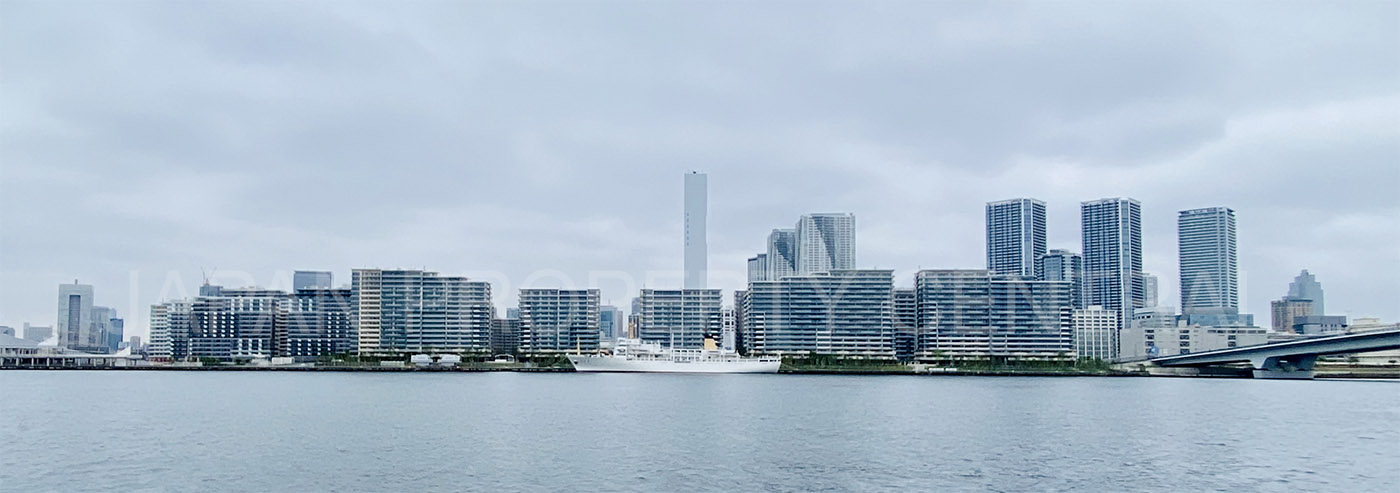Since spy films have been the ticket to box-office triumph this year (I’m looking at you, Pathaan and Tiger 3), I couldn’t help but go back to a spy thriller from a different era. Released 55 years ago, it was a pioneer of the genre, the biggest hit of 1968, and made by the last man you would associate with guns and bombs.
The man in question was born Chandramouli Chopra in 1917 (though he would later change his name). He wrote Raj Kapoor’s great 1949 romance, Barsaat. He went on to launch his own banner, Sagar Films, with a love story (Arzoo, 1965). And two decades later, made a TV serial that irrevocably changed his life: Ramayan.
The man was Ramanand Sagar. And somewhere between Arzoo and Ramayan, he also directed a suspenseful spy film, Ankhen, starring Dharmendra and Mala Sinha. It would be the most successful film of his career. A fun, 174-minute ride, it is set in India, Japan and Lebanon, and features two dedicated agents, Sunil (Dharmendra) and Meenakshi (Sinha), fearlessly fighting enemies of the nation.
They aren’t working for the Indian government, though; they’re part of a secret group founded by three patriots and stalwarts of the Azad Hind Fauj: Diwan Chand, Ashfaq Bhai and Ishak Singh, a Hindu, a Muslim and a Sikh. (It’s easy to spot the symbolism. In real life, Colonel Prem Sahgal, Major General Shah Nawaz Khan and Colonel Gurbaksh Singh Dhillon of the Indian National Army or INA were court-martialled by the British, in a trial that shook the country in 1945-46.)
In Ankhen, weapons and ammunition are being smuggled into India in a nefarious bid to destabilise the country. The kingpin of this evil plot is Doctor X (Jeevan, in a brown military uniform and monocle), assisted by the sinister Madam (Lalita Pawar, switching disguises with aplomb).
Sunil is despatched to Beirut to investigate. There, he meets fellow agent Meenakshi, who turns out to be a woman he’d met on a previous trip to Japan.
Now in Beirut, the two join hands in their mission. It is quite lovely seeing Mala Sinha as a daring secret agent, making short work of sundry villains while wearing fashionable red pants and high-heeled white shoes, and brandishing a gun. There are plenty of other novel elements that must have captivated audiences in the ’60s: transmitters with banks of colourful winking lights; agents using code names such as Sher-e-Punjab and Taj Mahal in urgent whispers; frantic boat chases; even Dharmendra grappling with a tiger.
This was before CGI, so the behind-the-scenes tales were almost as thrilling as the ones on-screen. For one thing, a special cage had to be made so that the cameraman could shoot the tigress, named Uma Devi, in safety.
For another, Uma could not be constrained during shoots, so one day, perhaps bored by the retakes, she leapt over the cage and vanished. After a panic-stricken search, she was found sleeping in a corner of the compound. These and other entertaining bits of trivia are revealed by Ramanand Sagar’s son Prem Sagar, in his book An Epic Life: Ramanand Sagar – From Barsaat to Ramayan (May 2023).
The son also writes that the Beirut scenes were actually shot in Iran, including the popular song De Daata Ke Naam (Give in the Name of the Giver), which was filmed on the streets of Tehran.
Ramanand Sagar was looking for a newcomer to cast in Ankhen and went to a movie hall in Mumbai to watch Dharmendra in Shola Aur Shabnam (1961), one of the actor’s early films. “Papaji liked his big sturdy hands and thought how perfect they would look holding a pistol!” Prem Sagar writes.

In both Farz and Humsaya, the enemy state is China. The Farz villain is a stiff, robotic Chinese man nicknamed Supremo, who marches about like a wind-up toy, and barks staccato orders such as “Kill Sunita!” “Load poison powder!” and “Ruin India!” In Humsaya, the villain is a Comrade Chen (Madan Puri), who hatches an elaborate plan to infiltrate the Indian Air Force. The 1962 war with China was still clearly fresh in everyone’s mind.
But these two films bookending Ankhen never quite matched Ramanand Sagar’s spy outing. Spy films would continue to pop up in subsequent years; the vanquishing of a sneaky infiltrator became a popular plotline. Today, it has hit pay dirt. Over and out.















+ There are no comments
Add yours